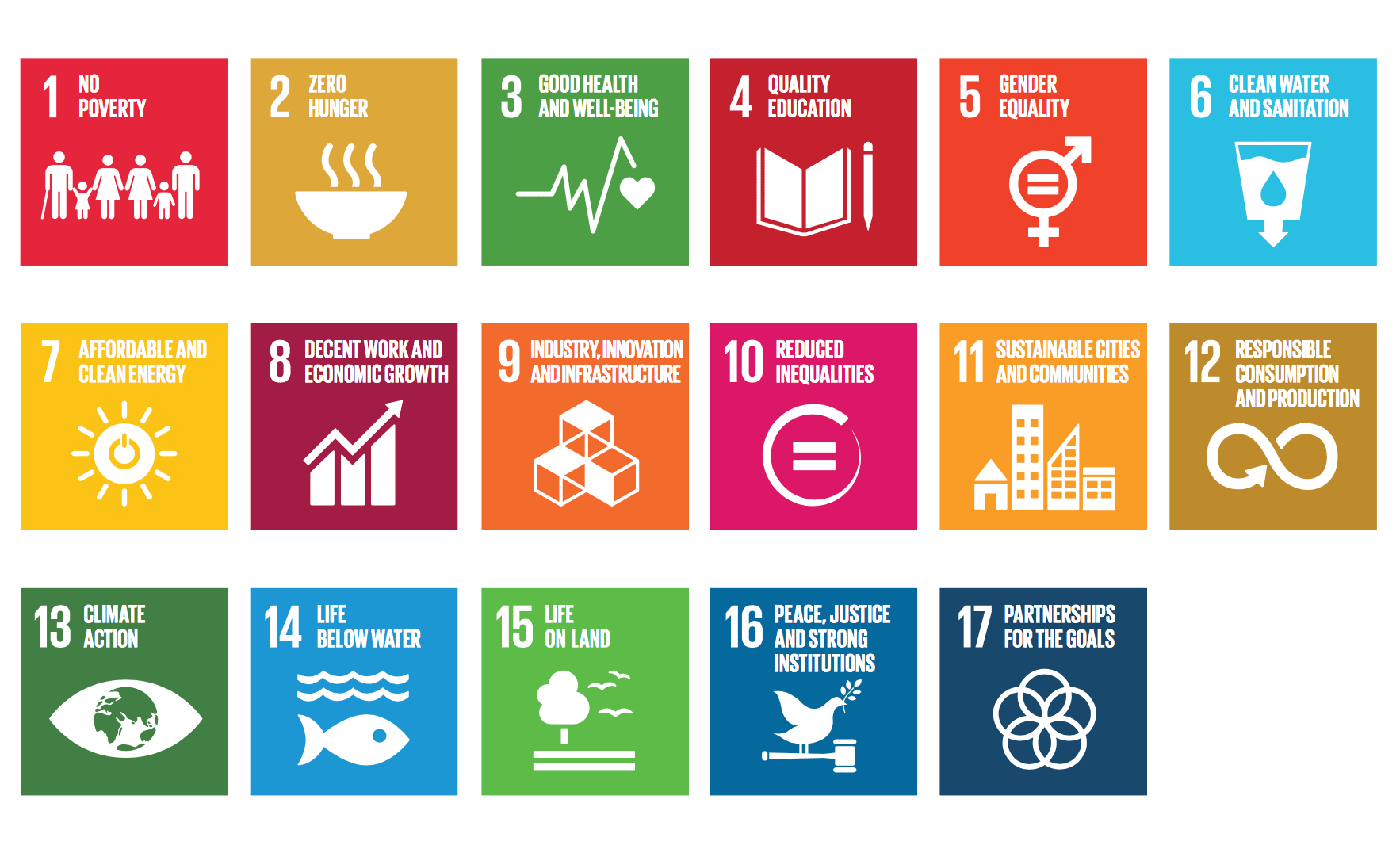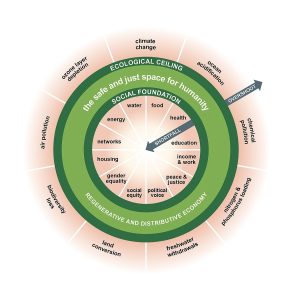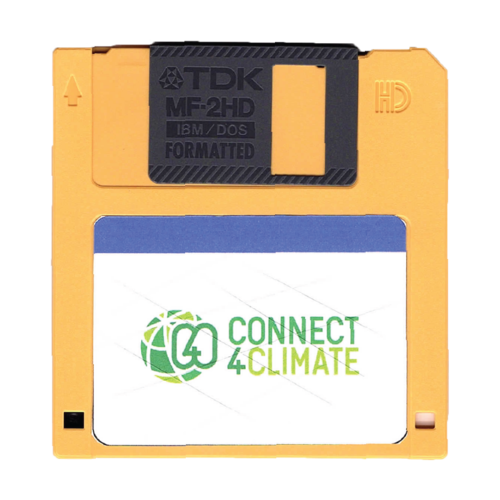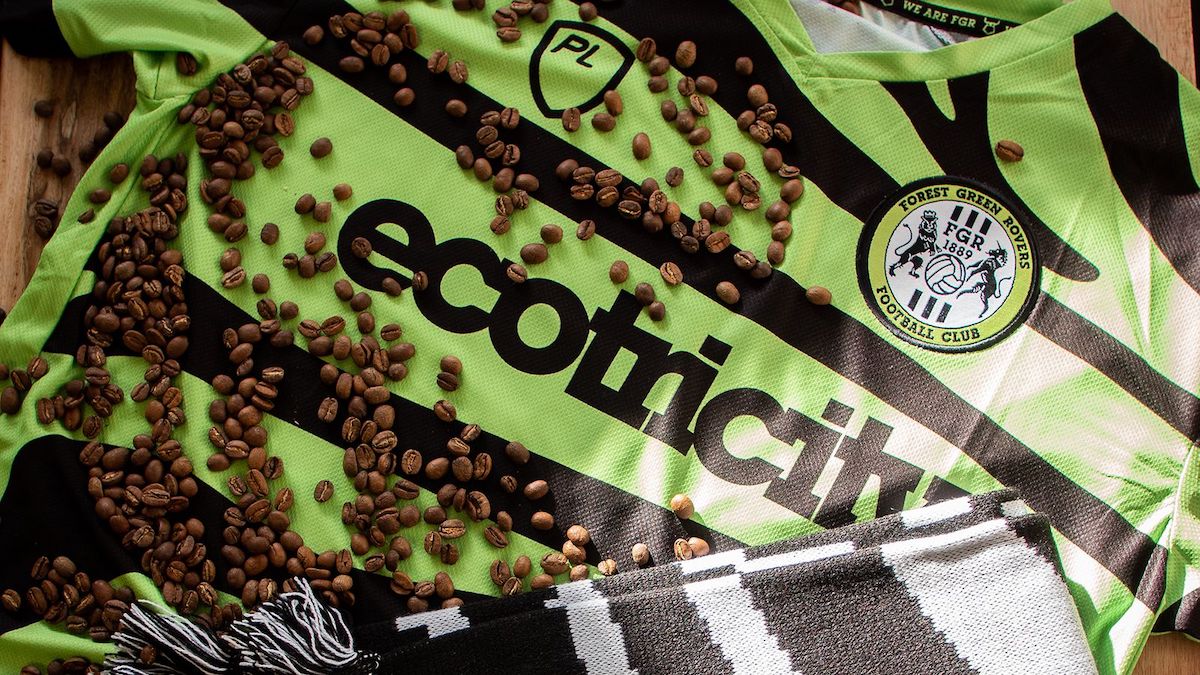While people may be averse to nuclear energy for a variety of reasons, much of the the general population simply fears nuclear energy. According to a recent report from Pew Research Center, “….the public is about as likely to say the government should encourage oil and gas drilling as it is to say the government should encourage nuclear power production.” Their fears largely stem from major nuclear disasters that have occurred around the world like Chernobyl, Three Mile Island or Fukushima. While tragic, these disasters should not discredit the many benefits of nuclear energy.
Contrary to popular belief, nuclear energy is a form of clean energy. Compared to wind and solar, nuclear facilities have a much smaller geographical footprint. To put it into perspective, the United States Department of Energy website states that it would take “…more than 3 million solar panels to produce the same amount of power as a typical commercial reactor or more than 430 wind turbines (capacity factor not included).”
Nuclear energy is also beneficial for the environment in that it does not produce any emissions whatsoever. Instead, nuclear power plants actually remove harmful components found in air: “Without nuclear power, NOx and SO2 levels in the U.S. would increase. By keeping existing nuclear power plants on line and building advanced nuclear facilities in the United States, we also protect the health of our communities.” (NEI)
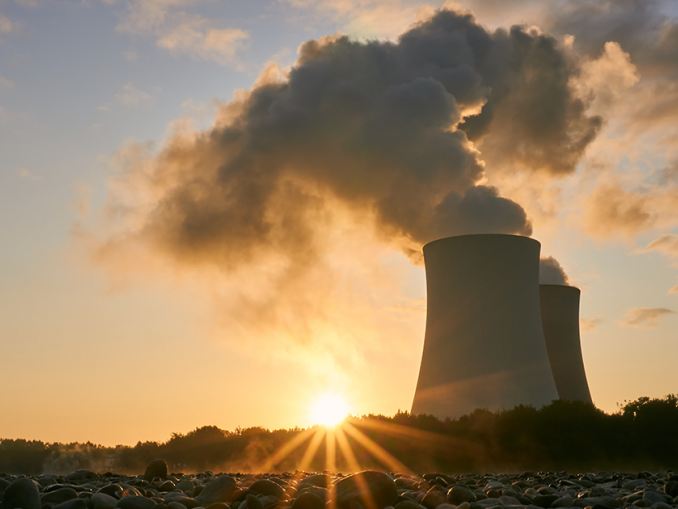
Most importantly, nuclear energy is an extremely reliable energy source. Unlike other forms of clean energy, nuclear energy can produce vastly more electricity and remain operational 24/7. Nuclear energy also has the advantage of being capable of deployment nearly anywhere in the world. And while solar, wind, and hydroelectric power rely heavily on external environmental conditions, nuclear energy does not.
With recent innovations and investments in nuclear energy, the benefits and accessibility of nuclear energy continue to improve. One example is the increased interest in small modular reactors (SMRs). SMRs are designed to be far more compact and versatile than traditional nuclear power plants, which makes them even safer than full-scale reactors. Mainly, they produce less heat and waste. In addition, SMRs are extremely cost effective compared to full-scale nuclear power plants, and they can be tailored to meet the energy demands of anywhere from industrial facilities to small towns.
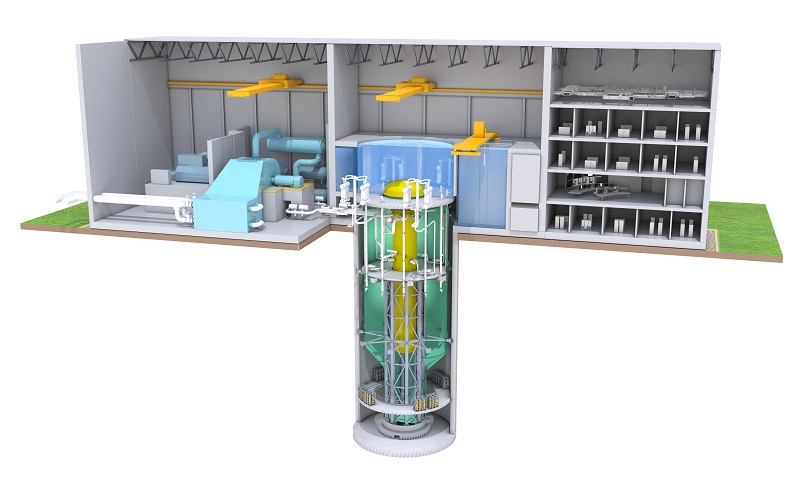
Traditional forms of clean energy (wind, solar, and hydroelectricity) are not enough to achieve a future that does not rely on fossil fuels: the expansion and development of nuclear energy is necessary in the transition to total global clean energy production. Misconceptions and fossil fuel industry-backed propaganda continue to perpetuate doubt and fear about nuclear energy. In order to secure a better, more sustainable future, greater advocacy and education is needed to dispel these myths. Organizations such as the National Energy Institute (NEI) offer opportunities to help promote the growth and investment of nuclear energy.
Works Cited
- “3 Reasons Why Nuclear Is Clean and Sustainable.” Energy.gov, 31 Mar. 2021, https://www.energy.gov/ne/articles/3-reasons-why-nuclear-clean-and-sustainable.
- “Advanced Small Modular Reactors (SMRs).” Department of Energy, https://www.energy.gov/ne/advanced-small-modular-reactors-smrs.
- “Air Quality.” Nuclear Energy Institute, https://www.nei.org/advantages/air-quality.
- Leppert, Rebecca. “Americans Continue to Express Mixed Views about Nuclear Power.” Pew Research Center, Pew Research Center, 23 Mar. 2022, https://www.pewresearch.org/fact-tank/2022/03/23/americans-continue-to-express-mixed-views-about-nuclear-power/.
- “Safety of Nuclear Power Reactors.” Safety of Nuclear Reactors – World Nuclear Association, Mar. 2022, https://world-nuclear.org/information-library/safety-and-security/safety-of-plants/safety-of-nuclear-power-reactors.aspx.
Image Sources
- https://nuclear.duke-energy.com/2013/07/24/oconee-nuclear-station-celebrates-40-years-of-operation
- https://www.energy.gov/ne/articles/advantages-and-challenges-nuclear-energy
- https://www.wilmingtonbiz.com/more_news/2020/02/05/more_milestones_for_ge_hitachis_small_modular_reactor_design/19918




